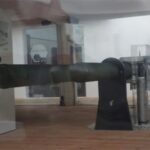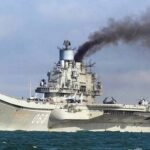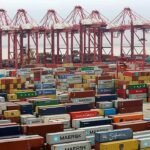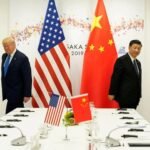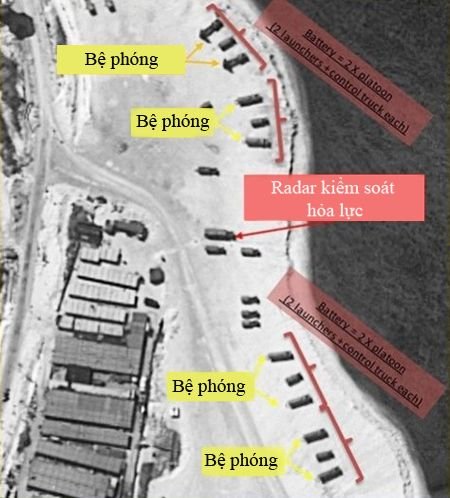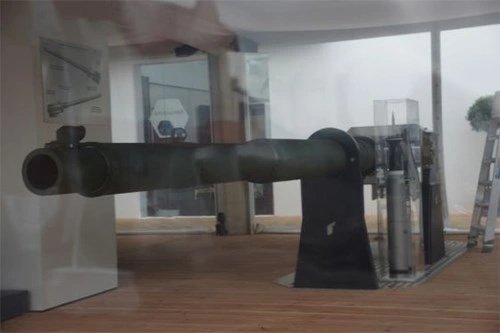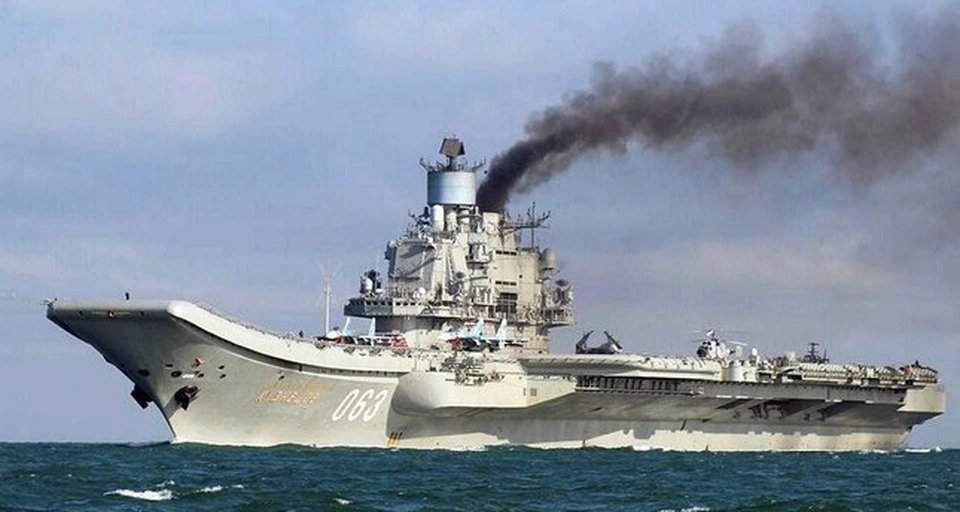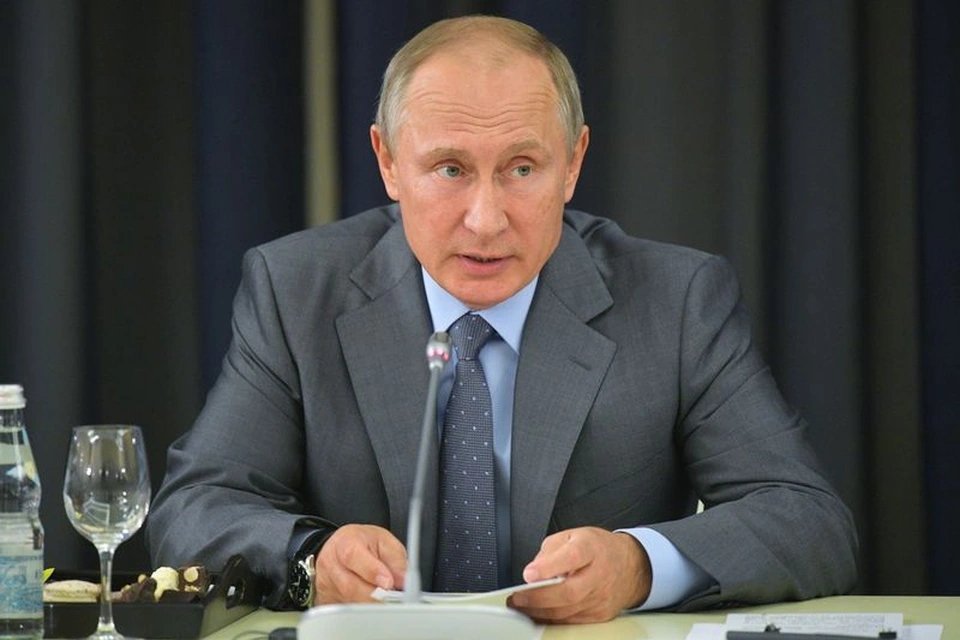Chinese HQ-9 missile systems are located on Woody Island.
While US and ASEAN leaders attended a summit at Sunnylands to discuss cooperation and maritime security in the East Sea, China quietly dispatched HQ-9 anti-aircraft missile batteries to the island.
According to Reuters commentator James Holmes, this action by Beijing is a response to challenges by the US and Southeast Asian countries to what they claim is `indisputable sovereignty`.
As defined by Prussian military strategist Carl von Clausewitz, war is a test of will, expressed through the deployment of men and weapons in clashes on the battlefield.
However, there is another form of war that is equally fierce, which is `war of words`.
By this measure, the parties can win without having to pay the very dangerous, expensive and terrible price of war.
According to Mr. Holmes, by deploying the advanced 4th generation HQ-9 missile with a range of up to 200 km to Hoang Sa, China seems to want Asian and Western countries to believe in its `invincible` power.
Obviously, HQ-9 is a quite formidable weapon system in terms of military aspects.
With a combat area of more than 125,000 square kilometers, an HQ-9 battery can shoot down any aircraft approaching the Hoang Sa archipelago, including Tri Ton Island, where the US destroyer USS Curtis Wilbur recently
According to military experts, HQ-9 is a similar version to Russia’s S-300 system, the missile that has caused US and allied air force generals to `lose sleep`.

Control range of HQ-9 missile located on Phu Lam island.
That reality will cause US strategists to calculate and consider when deciding to challenge China’s excessive restrictions on freedom of navigation in the future.
Dense fire system
Mr. Holmes pointed out that the 16 HQ-9 missiles in Hoang Sa are not a single Chinese weapon system.
Currently, China has arranged anti-ship missile systems along its coast, capable of controlling almost the entire East Sea.
Deploying air defense missiles to Phu Lam Island today or to the artificial islands that China illegally built in Vietnam’s Truong Sa archipelago in the future will supplement that system, creating new networks.
Just like that, China will gradually and blatantly occupy and control the islands without having to fight.
Demonstrating its muscular superiority in the East Sea also helps Beijing set the rules of the game for any ships and aircraft operating in the area.
According to international experts, the navy is the force that ensures freedom of navigation at sea.
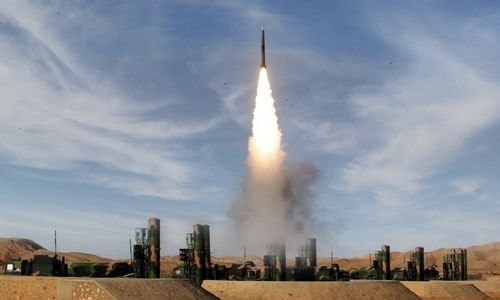
A Chinese HQ-9 system opens fire.
After the US criticized the presence of HQ-9 missiles in Hoang Sa, China immediately counter-accused that it was the US that was `militarizing` the East Sea with the presence of warships in the South China Sea.
Therefore, this expert believes that verbal arguments with China are now more than enough.
`They also need to consider clearly demonstrating that they can easily wipe out Chinese missile batteries when hostilities break out. In doing so, they can make China and other countries believe in their decision.`
A representative of the Ministry of Foreign Affairs today met with a representative of the Chinese Embassy in Hanoi, presented a diplomatic note protesting Beijing’s activities that violate Vietnam’s sovereignty in Hoang Sa, and sent it to the United Nations.
`These are actions that seriously violate Vietnam’s sovereignty over the Hoang Sa archipelago, threatening peace and stability in the region as well as security, safety, and freedom of navigation and aviation in the East Sea.`
